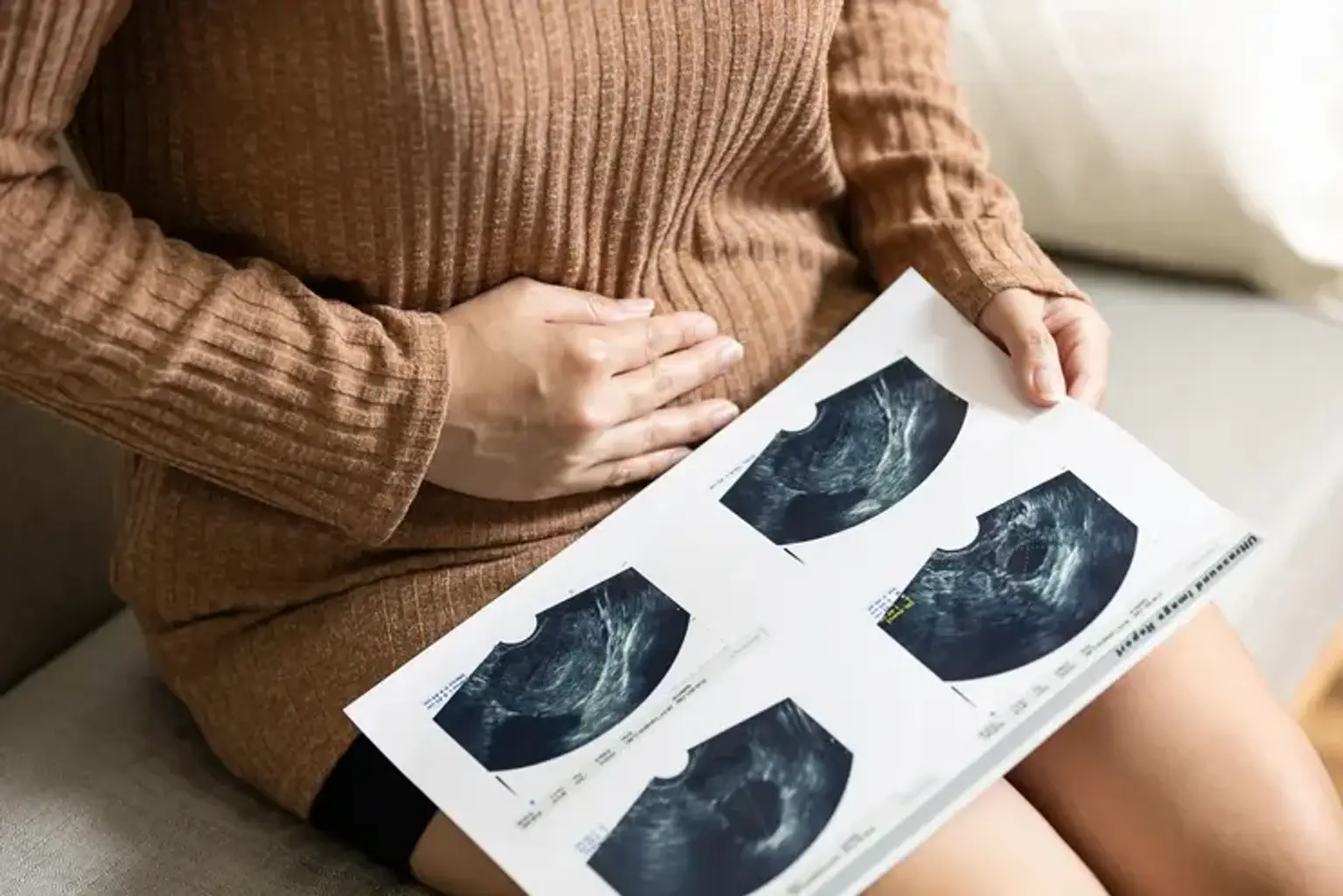Leiomyosarcoma
Overview
Leiomyosarcoma is a kind of smooth muscle tumor that is malignant (cancerous). Smooth muscles are found in hollow organs such as the intestines, stomach, bladder, and blood arteries. The uterus contains smooth muscle in females as well. These smooth muscular fibres help carry blood, food, and other materials through the body without you ever realizing it.
Leiomyoma is a benign tumor that arises from the same tissue. While leiomyosarcomas are not expected to develop from leiomyomas, categorization of some leiomyoma types is changing.
Symptoms vary depending on the location and size of the tumor. Some persons with LMS have no symptoms when the malignancy first appears. Later, when the tumor grows in size, symptoms such as pain, unintentional weight loss, nausea and vomiting, and a lump beneath the skin may occur.
